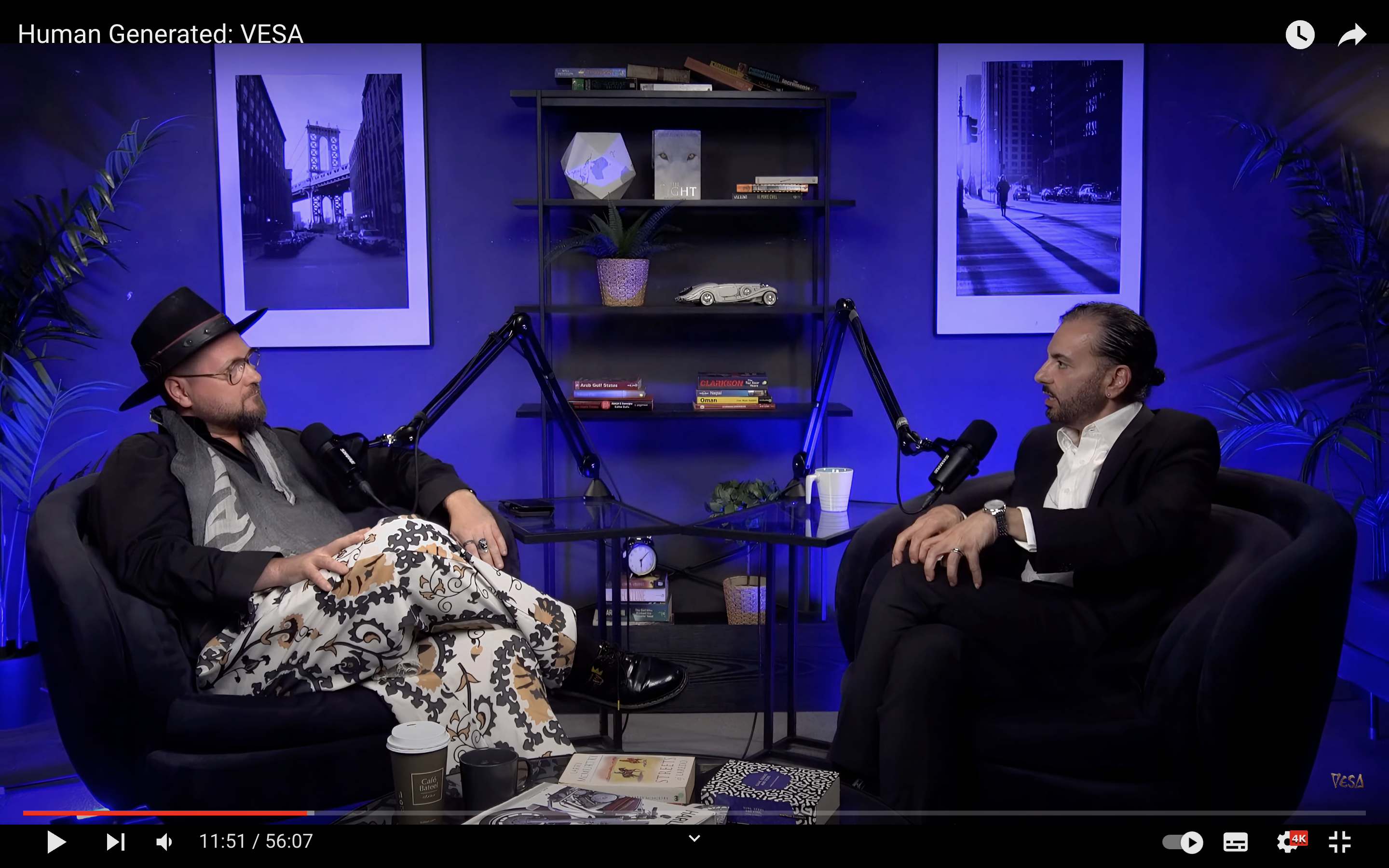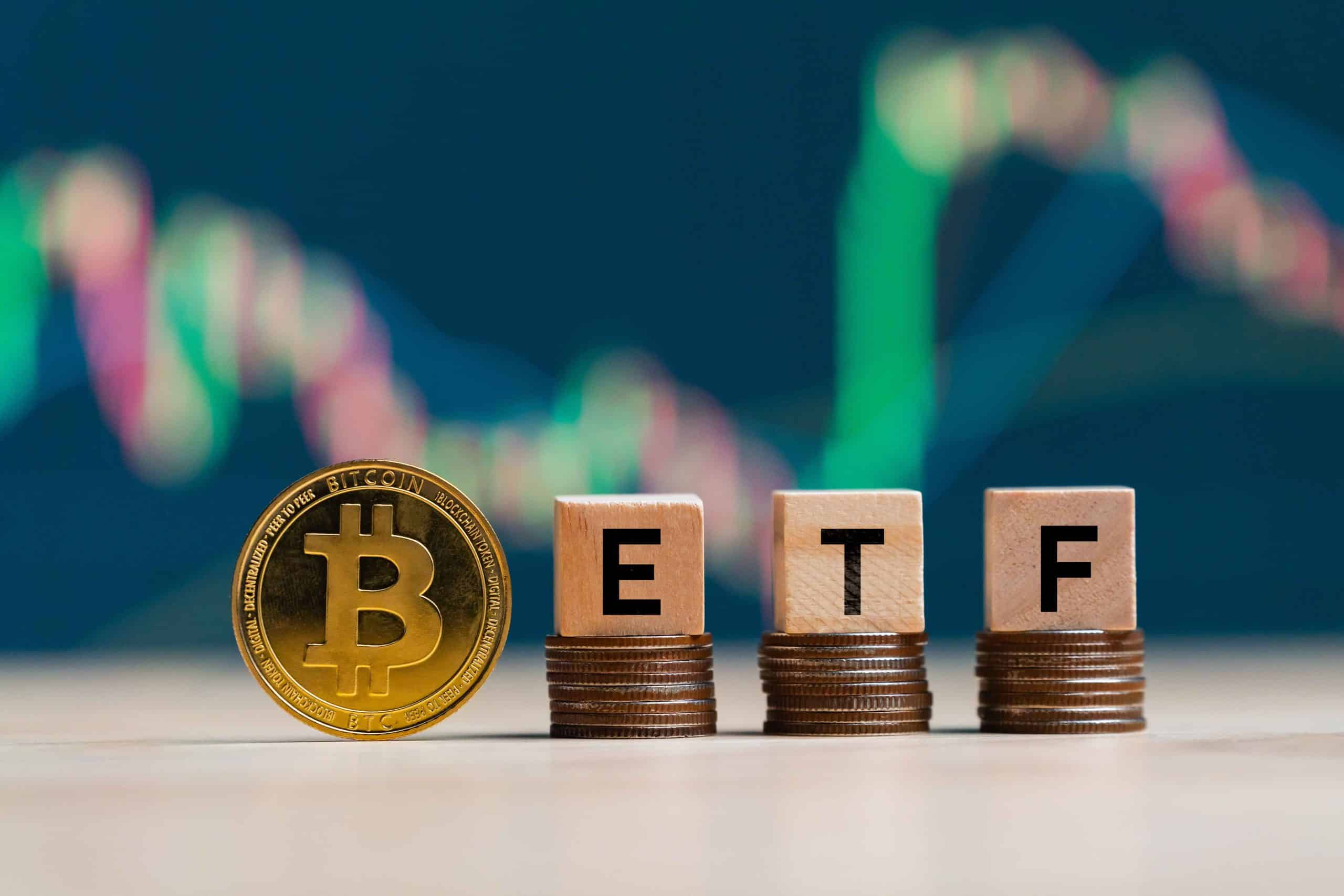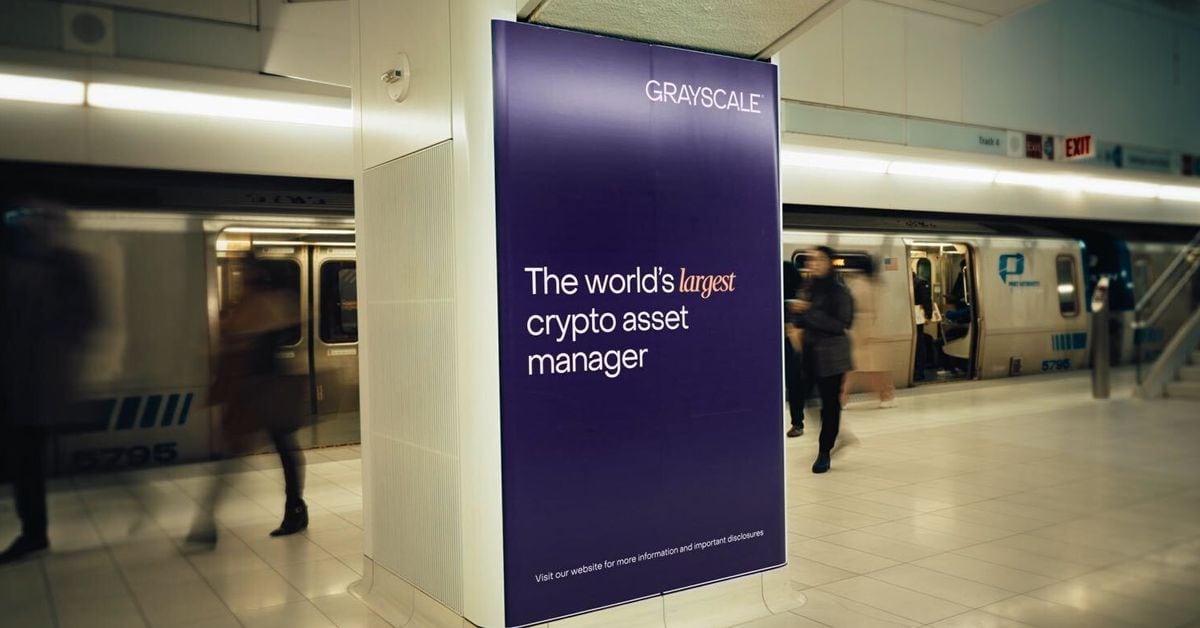This is Human Generated
VESA featured on the Human Generated Podcast and all related links and detailsHuman Generated VESA

Watch the conversation on Youtube | Watch it on Spotify
Why read further (or return)? Breakdown, links, and illustrations:
The conversation took place in late May when Dubai was plunging into hot temperatures. Vesa, a 44-year-old native of Finland who had lived in the UK for several years, was enjoying his first consistent warm weather winter. He jokingly mentioned that he still had some “cold trauma” from Finland to purge.
Omid shared a piece of advice he heard as a boy about coping with cold and heat. The advice emphasized that coping with cold is easier, as you can always add a layer of clothing, whereas there is only so much you can remove to cope with heat. This advice illustrates how our relationship with weather and surroundings is deeply personal and is often rationalized through stories and advice.
- The Rise of Decentralized Physical Infrastructure Networks (DePIN)
- The Stoned Trailblazers: How Cannabis Legalization Paved the Way for Bitcoin’s Battle with Regulation
- The Spicy Debate: Users, Developers, and the Power of Persuasion in the Bitcoin Space 🌶️🤔
Vesa and Omid met at the Mohammed bin Rashid Library in early 2023, where they both were speaking. Their topics touched on art, spirituality, and the implications of new technologies, such as NFTs and the metaverse. Omid proposes that these new technologies may be at odds with traditional art.
Vesa disagrees, stating that he views art and life through Ken Wilber’s Integral Theory, which sees all aspects of life as functional parts of the whole. He argues that new technologies, if properly utilized, can remove gatekeeping systems and allow for more creativity to flourish in society. He uses his LUXOR-inspired art gallery as an example of how new technologies can break barriers of entry and study the origins of art.
Omid acknowledges that arts education tends to be taught from the perspective of the current ideological climate, which limits the exploration of possibilities. He asks Vesa how he bridges the gap between body painting and the digital realm as an artist.
Vesa explains that his method has always been digital since 2008, even before the advent of NFTs. He highlights the turning point of digital scarcity and ownership facilitated by Bitcoin. He acknowledges that there may be projects in the digital art world that may not necessarily be considered “art” but are marketed cleverly. He emphasizes the need for education to differentiate between collectible digital art and digitized fine art.
Vesa suggests that we are on the brink of another cultural Renaissance, but our institutions are not paving the way for collective consciousness to get there. He mentions how government grants in Finland are often given only to art that perpetuates a certain narrative, stifling actual creativity.
Omid asks Vesa about his origin story as an artist, and Vesa highlights two pivotal moments: his connection to music, especially African drums, and a near-drowning experience as a six-year-old, which brought him close to the “origin point” and the divine.
Vesa sees the brain as more of a receiver than a generator, hinting at his understanding of the divine. He mentions reading a book called Flower of Life, which explains the pattern at the core of everything and our experience of the world.
Omid draws a parallel between Vesa’s bodypainting and seeing inanimate objects as bodies. Vesa sees his Art Cars and other painted objects as still being human-centric and a way to showcase the divine spark in the human form.
The conversation ends with the possibility of a second episode, demonstrating their eagerness to continue the discussion.
Until next time,
VESA & LottaCrypto & NFT Artist
All links to physical, NFTs, and more below http://linktr.ee/ArtByVesa
Tags: #AI #art #crypto art #Dubai #Metaverse #purpose #spirituality #Web3
Additional Q&A Content
-
What is Ken Wilber’s Integral Theory? Ken Wilber’s Integral Theory is a comprehensive framework that seeks to understand and integrate various models and perspectives across different disciplines. In the context of art, it helps view art, life, and their implications holistically as functional parts of a larger whole.
-
How do new technologies like NFTs and the metaverse affect traditional art institutions? New technologies have the potential to disrupt traditional art institutions by removing gatekeeping systems and providing more opportunities for creativity. However, the adoption of these technologies by traditional art institutions remains uncertain, as their interests often lie in identity politics rather than embracing technological advancements.
-
Is there a difference between collectible digital art and digitized fine art? Yes, collectible digital art and digitized fine art are different categories, although they both utilize underlying technologies. Collectible digital art often focuses on unique or limited-edition digital assets, such as NFTs, while digitized fine art refers to the process of digitizing traditional art forms. The distinction lies in the intention and value attributed to the artwork.
-
How can we differentiate between valuable digital artworks and projects that may not be considered “art”? Differentiating between valuable digital artworks and projects that may not be considered “art” requires education and understanding. It is essential to consider factors such as the artistic intent, creative process, historical significance, and societal impact of the artwork. The casual consumer can gain a better understanding by exploring reputable art platforms, engaging with artists’ narratives, and seeking guidance from art experts.
Future Outlook and Analysis
The conversation between Vesa and Omid sheds light on the potential impact of new technologies, such as NFTs and the metaverse, on the art world. While there are concerns about the dilution of actual artistic endeavor and the need for education to differentiate between valuable digital artworks and projects, there is also a sense of optimism about the possibilities that these technologies bring.
As the art world evolves, it is crucial for artists, institutions, and consumers to adapt and embrace the changes. Traditional art institutions may need to reevaluate their practices and consider adopting new technologies to facilitate greater creativity and accessibility. Education and awareness about digital art and its value will be key in shaping the future of the art market.
From an investment standpoint, the growth of NFTs and the metaverse presents opportunities for collectors and investors. As the market expands and matures, there will likely be increased demand for authenticated and rare digital artworks. Investing in established artists with a track record of innovation and artistic vision could yield significant returns in the long run.
It is also important to monitor the regulatory landscape surrounding digital assets and ensure compliance with relevant regulations. As governments and financial authorities worldwide grapple with the implications of NFTs and blockchain technology, staying informed and adapting investment strategies accordingly will be crucial.
Overall, the convergence of art, technology, and spirituality opens up new frontiers for creativity and expression. While there may be challenges and uncertainties, embracing these new horizons can lead to a more inclusive and vibrant art ecosystem.
References
- VESA’s appearance on the Human Generated podcast
- Mohammed bin Rashid Library
- Luxor Metaverse temple
- Escapist
- Judge denies Changpeng Zhao’s 2nd attempt to travel to the UAE
- SocialFi Platform Republik integrates Fireblocks Web3 Security
- AI
- Art
Enjoyed this article? Share it on social media and join the discussion!
We will continue to update Blocking; if you have any questions or suggestions, please contact us!
Was this article helpful?
93 out of 132 found this helpful
Related articles
- 🚀 The Future of Bitcoin ETFs: A 98% Chance of Approval! 🤯
- Decentralized Currency Solutions: Bitcoin Revolutionizing Medical Tourism
- Decentralization of Mining Pools: Braidpool Shakes Things Up
- Is the Witness Data Discount Fair?
- Debunking Bitcoin Myths: Separating Fact from Fiction 💣💰🧐
- Open Source Justice: Revolutionizing Dispute Resolution with Bitcoin and Protocols
- Is Now the Best Time to Buy Bitcoin? Analyzing Price Trends and the Future of the Crypto Market






